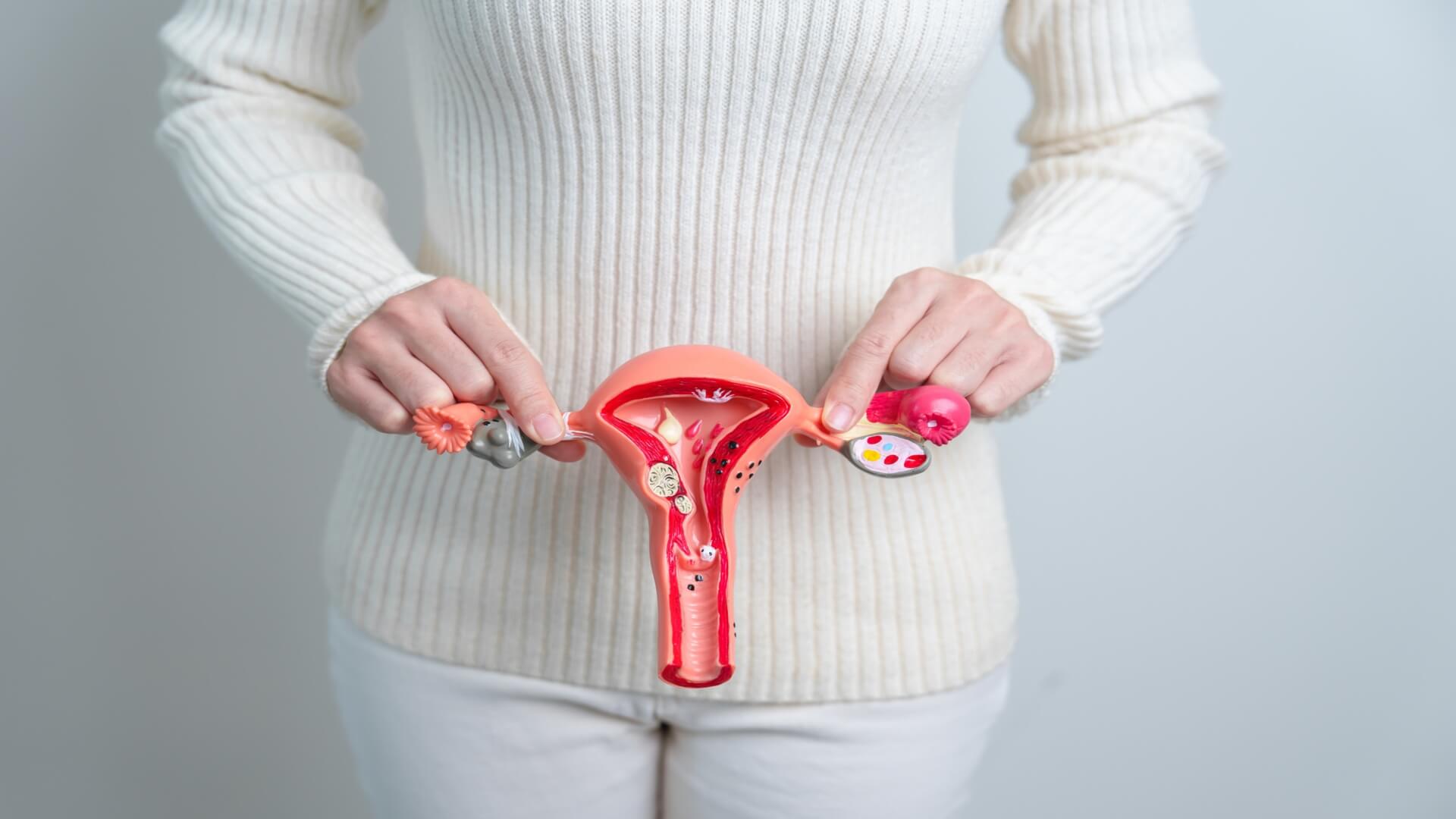Uterine cancer is a common gynaecological condition and is a common type of cancer among females. Designated females at birth can be at risk of developing uterine cancer, particularly at a later age. However, it can also affect those in their 20s and 30s.
Detecting uterine cancer at an early stage requires knowledge of its risks and symptoms. Knowing when to undergo tests can help care for one’s reproductive health. That said, here’s what you need to know about uterine cancer.
1. What Are The Risk Factors?
There are various risk factors for developing uterine cancer. It can be one’s lifestyle, age, and other health problems. Knowing these circumstances may help reduce your risk of developing it.
- Use Of Hair Straightening Products: A new study from the US National Institute of Health (NIH) discovered that one might develop uterine cancer from hair products, particularly chemical hair straighteners. These hair products may contain harmful chemicals that increase the risk of uterine cancer.
- Taking Estrogen For Hormone Replacement: During menopause, some women take a hormone replacement. Taking estrogen without progesterone can throw off balance in the uterus.
- Obesity: According to experts, 70% of uterine cancer cases are linked to obesity due to excessive estrogen production. A high body mass index (BMI) can put one at risk of uterine cancer.
- Age: Females at 40 and older are at a higher risk of developing uterine cancer. However, other factors, like lifestyle and existing reproductive health problems, can also put younger ones at risk.
- High Animal Fat Diet: Excessive consumption of animal fat may lead to a higher risk of different types of cancer.
- Diabetes: While diabetes is often linked to obesity, health experts found it can be independently related to uterine cancer. Having Type 2 diabetes mellitus (T2DM) can increase one’s risk of uterine cancer by 62%.
- Early Menstruation: Those who started their period under 12 may have increased uterine cancer risks. Having a longer menstruation span exposes the uterus to estrogen for longer.
- Ovarian Diseases: Females with existing reproductive health issues like polycystic ovarian syndrome (PCOS) are at a higher risk of developing uterine cancer. These conditions share common risk factors, like obesity, diabetes, and excessive estrogen exposure.
- Family History: The risk of having uterine cancer can be higher if you have a family member or relative with the same condition.
These risk factors may also overlap with other health conditions. Therefore, it’s best to consult a health professional for an accurate diagnosis.
2. What Are Its Symptoms?
Most patients may only notice the symptoms of uterine cancer at the later stages. In most cases, these signs may also indicate other medical conditions.
- Bleeding Between Periods: Vaginal bleeding between your menstrual period can signify uterine cancer or other reproductive health issues.
- Heavy Period After 40: Females at their menopausal stage are at higher risk of uterine cancer. One clear symptom is heavy bleeding. Experiencing heavy and prolonged periods at 40 can be a sign of uterine cancer or other health conditions.
- Pain In The Lower Abdomen: Uterine cancer can cause lower abdominal pain and pressure in the pelvis, almost like menstrual cramps. The discomfort may also spread to the lower back and legs.
- Vaginal Discharge Postmenopausal: Vaginal discharge during the postmenopausal stage can be a concern. Its color may range from white, pinkish, to brown, with a watery or thick consistency.
When you experience any of the following symptoms, consult your doctor immediately for tests and screening.
3. What Can You Do To Reduce Risks?
While developing uterine cancer is difficult to predict, there are ways to reduce your risks.
- Maintain A Healthy Weight: Since uterine cancer is linked to obesity, maintaining a healthy weight can reduce risks. You can also reduce your consumption of animal fat.
- Stay Physically Active: One way to reduce your risk of uterine cancer is by maintaining a healthy weight. You can do simple exercises, like walking and jogging, to get your body moving.
- Eat A Balanced Diet: Eating healthy and nutritious meals can help reduce your risk of uterine cancer. You may also try recipes that can help achieve and maintain hormonal balance.
- Avoid Products With Harmful Chemicals: Exposure to harmful chemicals can cause cancer. Therefore, avoid products containing heavy metals and other dangerous substances.
Taking care of your overall health is critical to reducing several health risks.
Conclusion
Uterine cancer is curable with proper treatment, particularly at an early stage. Consult a health professional for an accurate diagnosis if you’re at risk or experiencing any symptoms.




















